- No products in the cart.
Tsiprolet solution inf. 200mg vial 100ml
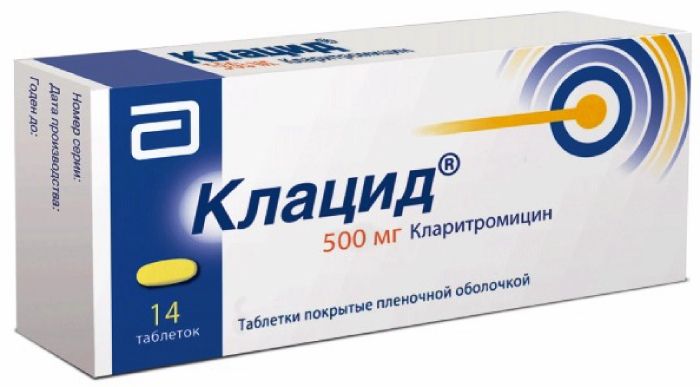
Klatsid tab n / 500mg film about 14 pc
$17.88

Ceftriaxone biochemist powder for solution for injection vial 1 piece 1d sol. 5ml ampoules 2 pcs
$4.71
$1.27
Tsiprolet solution inf. 200mg vial 100ml
SKU: 02005384917 Categories: Antibiotics, Antibiotics, antimicrobial, antiparasitic, Medicaments Tags: ciprofloxacin, DR.REDDIS
Description
Composition
Active substance:
Ciprofloxacin 200 mg
Excipients:
Sodium chloride 900 mg Disodium edetate 10 mg, 75 mg of lactic acid, citric acid monohydrate 12 mg, 8 mg sodium hydroxide, hydrochloric acid 0.0231 ml, Water for injection to 100 ml.
Description:
Transparent colorless or light yellow liquid.
Product form:
Solution for infusion of 2 mg / ml. 100 ml of a translucent bottle of low density polyethylene, provided with a dust cover, with the loop on the bottom part, with a calibration scale and the internal code on the package side surface of the vial.
1 bottle together with instructions for use placed into cardboard pack. The valve stack of cardboard presence sticker with company logo is permitted to control the first opening.
Contraindications
Hypersensitivity to ciprofloxacin and other drugs of fluoroquinolone, as well as auxiliary substances, pregnancy, lactation (breast-feeding), child (under 18 years – until completion of the formation of the skeleton, except treatment of complications caused by Pseudomonas aeruginosa in children with cystic fibrosis lung from 5 to 17 years; the prophylaxis and treatment of pneumonic form of anthrax), simultaneous with tizanidine (risk of significant decrease in blood pressure, drowsiness).
Carefully
Expressed cerebral atherosclerosis, stroke, mental illness, epilepsy, expressed in kidney and / or liver failure, advanced age, increased risk of lengthening the interval QT or developing arrhythmia type “pirouette” (e.g., congenital elongation syndrome interval QT), heart disease (cardiac insufficiency, myocardial infarction, bradycardia), electrolyte imbalance (e.g., hypokalemia, hypomagnesemia), concomitant use of drugs, prolonging the interval QT (including IA and III antiarrhythmics of classes, the tricyclic antidepressants, macrolides, antipsychotics), the simultaneous application of inhibitors of the CYP450 1A2 (including theophylline, a methylxanthine, caffeine, duloxetine clozapine, ropinirole, olanzapine); patients with a history of tendon indication defeat at the earlier treatment of quinolones, myasthenia gravis, deficiency of glucose-6-phosphate dehydrogenase, convulsions, including history.
Dosage
200 mg
Indications
Adults.
Bacterial infections caused by susceptible to malaria infections:
– lower respiratory tract infections (acute and chronic (in the acute stage) bronchitis, pneumonia, bronchiectasis, cystic fibrosis infectious complications);
– of upper respiratory tract infections (acute sinusitis);
– kidney and urinary tract infections (cystitis, pyelonephritis);
– complicated intraabdominal infections (in combination with metronidazole) including peritonitis;
– Chronic bacterial prostatitis;
– uncomplicated gonorrhea;
– typhoid fever, campylobacteriosis, shigellosis, diarrhea “travelers”;
– Skin and soft tissue infections (infected ulcers, wounds, burns, abscesses, cellulitis);
– bones and joints (osteomyelitis, septic arthritis);
– septicemia; infection due to immune deficiency (arising in treating immunosuppressive drugs or in patients with neutropenia).
Prevention of infections in surgical interventions.
Prevention and treatment of inhalational anthrax.
Children.
Therapy complications caused by Pseudomonas aeruginosa in children with cystic fibrosis lung from 5 to 17 years. Prevention and treatment of inhalational anthrax (infection with Bacillus anthracis).
Interaction with other drugs
Due to the reduced activity of microsomal oxidation process increases the concentration in hepatocytes and lengthens T1 / 2 of theophylline and other xanthines, such as caffeine, pentoxifylline (okspentifillina), oral hypoglycemic drugs (e.g., glibenclamide, glimepiride), anticoagulants, thereby reducing prothrombin index.
If simultaneous use of theophylline and ciprofloxacin necessary, it is recommended to conduct continuous monitoring of the concentration of theophylline and, if necessary – to reduce the dose of theophylline.
When combined with other antimicrobial drugs (beta-lactam antibiotics, aminoglycosides, clindamycin, metronidazole) commonly observed synergism; It can be used successfully in combination with ceftazidime and azlocillin in infections caused by Pseudomonas spp .; with mezlocillin, azlocillin and other beta-lactam antibiotics – in streptococcal infections; with izoksazolilpenitsillinami and vancomycin – with staphylococcal infections; metronidazole and clindamycin – In anaerobic infections.
Enhances the nephrotoxicity of cyclosporine, there is an increase in serum creatinine, these patients need to control this parameter twice per week.
When applied simultaneously enhances the action of anticoagulants.
international normalized ratio (INR) should be monitored frequently enough during concomitant use with ciprofloxacin and within a short time after completion of the combination therapy.
Nonsteroidal anti-inflammatory drugs (except acetylsalicylic acid) increase the risk of seizures.
The combined use of uricosuric drugs leads to excretion slowdown (50%) and increase plasma concentration of ciprofloxacin.
Increases in the maximum concentration of tizanidine 7 times (4 to 21) and the area under the curve “concentration – time» (AUC) 10 times (6 to 24), which increases the risk of significant decrease in blood pressure and sleepiness.
The infusion solution is not pharmaceutically compatible with all infusion solutions and drugs that are physicochemically unstable in an acidic environment (pH of ciprofloxacin infusion solution – 3.9-4.5). You can not mix solution for intravenous administration with solutions having a pH greater than 7.
While the use of drugs that prolong the interval QT (IA and III antiarrhythmics of classes, the tricyclic antidepressants, macrolides, antipsychotics), possibly lengthening the interval QT. The simultaneous use of probenecid and ciprofloxacin increases the concentration of ciprofloxacin in plasma (probenecid slow rate of excretion by the kidneys ciprofloxacin). With simultaneous use of ciprofloxacin can be slow renal metabolism of methotrexate, which may be accompanied by increased MTX concentrations in blood plasma (increasing the likelihood of side effects of methotrexate).
The simultaneous use of duloxetine and powerful inhibitors isoenzyme CYP450 1A2 (such as fluvoxamine) may lead to an increase in AUC and Cmax of duloxetine. Despite the absence of clinical data on possible interaction with ciprofloxacin, can foresee the probability of such an interaction while the use of ciprofloxacin and duloxetine.
Simultaneous application of ropinirole and ciprofloxacin, a moderate inhibitor of isozyme CYP450 1A2, leads to an increase in Cmax and AUC of ropinirole at 60 and 84%, respectively. It should control the side effects of ropinirole during its combined use with ciprofloxacin and within a short time after completion of the combination therapy. The simultaneous use of lidocaine and ciprofloxacin leads to a decrease in lidocaine clearance by 22% when administered intravenously (possibly increased side effects of lidocaine). With simultaneous use of clozapine and ciprofloxacin at the dose of 250 mg during 7 days may increase serum concentrations of clozapine and N-desmethylclozapine 29% and 31%, respectively (requires correction dosing regimen clozapine while its combined use with ciprofloxacin and within a short time after completion combination therapy). With simultaneous application of ciprofloxacin 500 mg and sildenafil at a dose of 50 mg, an increase in Cmax and AUC of sildenafil 2 times (the use of this combination is only possible after evaluation benefit / risk ratio).
With simultaneous application of ciprofloxacin and phenytoin was observed to change (increase or decrease) the content of phenytoin plasma. It is recommended to monitor phenytoin therapy in patients receiving both drugs, including the determination of the content of phenytoin plasma.
Overdose
Symptoms include nausea, vomiting, confusion, mental stimulation.
Treatment: the specific antidote is known. It is necessary to carefully monitor the condition of the patient, symptomatic therapy, to ensure adequate intake of fluid. In order to prevent the development of crystalluria recommended to monitor renal function, including urine pH and acidity. With hemo- or peritoneal dialysis can be displayed only minor (less than 10%) amount of the drug.
pharmachologic effect
Pharmacological group:
The antimicrobial agent – fluoroquinolone.
Pharmacodynamics:
The antimicrobial agent broad spectrum fluoroquinolone derivative inhibits bacterial DNA gyrase (topoisomerase II and IV, are responsible for the process of the chromosomal DNA supercoiling around nuclear RNA that is necessary for reading the genetic information) gives DNA synthesis, growth and division of bacteria; It is expressed morphological changes (including, cell walls and membranes) and rapid death of the bacterial cell.
Bactericidal effect on gram-negative organisms in a rest period and dividing (since not only affects DNA gyrase, but also causes lysis of the cell wall) for gram-positive microorganisms operates only during division.
Low toxicity to host cells due to the absence in them of DNA gyrase. While receiving ciprofloxacin occurs parallel generating resistance to other antibiotics, does not belong to the group of inhibitors of DNA gyrase, making it highly effective against bacteria which are resistant, such as aminoglycosides, penicillins, cephalosporins, tetracyclines, and many other antibiotics.
By ciprofloxacin sensitive Gram negative aerobic bacteria: Enterobacteriaceae (Escherichiacoli, Salmonellaspp, Shigellaspp, Citrobacterspp, Klebsiellaspp, Enterobacterspp, Proteusmirabilis, Proteusvulgaris, Serratiamarcescens, Hafniaalvei, Edwardsiellatarda, Providencia spp, Morganellamorganii, Vibriospp, Yersiniaspp……..), The other gram-negative bacteria (Haemophilusspp, Pseudomonasaeruginosa, Moraxellacatarrhalis, Aeromonasspp, Pasteurellamultocida, Plesiomonasshigelloides, Campylobacterjejuni, Neisseriaspp…), some intracellular pathogens – Legionellapneumophila, Brucellaspp, Listeriamonocytogenes, Mycobacteriumtuberculosis, Mycobacteriumkansasii, Corynebacteriumdiphtheriae;. Gram positive aerobic bacteria: Staphylococcusspp. (Staphylococcus aureus, Staphylococcus haemolyticus, Staphylococcus hominis, Staphylococcus saprophyticus), Streptococcus spp. (Streptococcus pyogenes, Streptococcus agalactiae).
Active against Bacillus anthracis in vitro.
The majority of staphylococci resistant to methicillin, and are resistant to ciprofloxacin. Sensitivity of Streptococcus pneumoniae, Enterococcus faecalis, Mycobacterium avium (located intracellularly) – moderate (high concentrations are required to repress).
For drug resistant: Bacteroides fragilis, Pseudomonas cepacia, Pseudomonas maltophilia, Ureaplasma urealyticum, Clostridium difficile, Nocardia asteroides. Not effective against Treponema pallidum.
Resistance develops very slowly, because on the one hand, after the action of ciprofloxacin are left with persistent microorganisms, and on the other – the bacterial cells do not have the enzymes that inactivate it.
Pharmacokinetics:
After intravenous infusion of 200 or 400 mg of ciprofloxacin, maximum concentration (Cmax) of 2.1 and 4.6 ug / ml, respectively, the time to reach maximum concentration (TCmax) – 60 min. Relationship to plasma proteins – 20-40%. The volume of distribution – 2-3.5 l / kg.
It is well distributed in body tissues (except fat-rich tissue, such as neural tissue). The concentration of tissue in 2-12 times higher than in plasma. Therapeutic concentrations achieved in saliva, tonsil, liver, gallbladder, bile, intestine, abdominal and pelvic, uterine, semen, prostate tissue, endometrium, fallopian tubes and ovaries, kidneys and urinary organs, lung tissues, bronchial secretions , bone, muscle, synovial fluid and articular cartilage, peritoneal fluid, skin. The cerebrospinal fluid penetrates in a small amount where the concentration in the absence of inflammation of the meninges, is 6-10% of that in the serum, and the presence of inflammation – 14-37%. Ciprofloxacin penetrates well in ocular fluid, bronchial secretion, pleura, peritoneum, lymph, through the placenta. neutrophils in the blood concentration of ciprofloxacin in 2-7 times higher than in serum.
It is metabolized in the liver (15-30%) to form inactive metabolites (oxo, diethyl-, sulfo, formiltsiprofloksatsina).
The half-life (T1 / 2) – about 5-6 hours, in chronic renal failure (CRF) -. To 12 hours is derived mostly canalicular kidneys by filtration and tubular secretion as unchanged (50-70%) in the form metabolites (10%), the remaining part – through the intestine. A small amount is excreted in breast milk.
After intravenous administration, the concentration in urine during the first 2 hours after administration almost 100 times higher than in blood serum, significantly greater than the minimum inhibitory concentration (MIC) for most agents of urinary tract infections.
Renal clearance – 3.5 ml / min / kg; total clearance – 8.10 ml / min / kg.
When CRF (creatinine clearance (CC) higher than 20 ml / min) Percentage drug outputted through the kidneys is reduced, but the accumulation in the body is not due to compensatory increase in drug metabolism and excretion intestine.
Conditions of supply of pharmacies
On prescription.
side effects
Depending on the frequency of occurrence of the following groups of side effects: often – more than 1%, infrequently – 0.1-1% rare – 0.01-0.1%, very rarely – less than 0.01%. Undesired reactions that were reported post-marketing only during observation, the frequency of which is not assessed, designated – “frequency is unknown.”
On the part of the central and peripheral nervous system: rarely – psychomotor hyperactivity / agitation, sleep disturbances, dizziness, headache, fatigue; rarely – tremor, anxiety, “nightmare” dreams, sweating, confusion, disorientation, depression (which may lead to self-injurious behavior such as suicidal behavior / thoughts, and a suicide attempt or udavshiysya suicide), hallucinations, paresthesia and dysesthesia, hypoesthesia, seizures (including epilepsy), vertigo; very rarely – peripheral paralgeziya (feelings of pain perception abnormality), increased intracranial pressure (including benign intracranial hypertension), psychotic reactions (which can lead to self-injurious behavior such as suicidal behavior / thoughts, and a suicide attempt or suicide udavshiysya ), migraine, thrombosis, cerebral arteries, incoordination, gait disturbance, hypersensitivity, peripheral neuropathy, and polyneuropathy.
From the sensory organs: rarely – taste disturbances; rarely – blurred vision, tinnitus, hearing loss; very rarely – a violation of smell, hearing impairment.
With the cardiovascular system: rarely – tachycardia, vasodilation, lower blood pressure; very rarely – other cardiac arrhythmias; frequency is unknown – lengthening the interval QT, ventricular arrhythmia (including type “pirouette”).
From the digestive system: often – nausea, diarrhea; rarely – vomiting, abdominal pain, dyspepsia, flatulence, loss of appetite and food intake; rarely – liver function abnormalities, cholestatic jaundice (especially in patients with liver disease migrated); very rarely – pancreatitis, hepatitis, gepatonekroz.
From hemopoiesis system: seldom – granulocytopenia; rarely – leukopenia, leukocytosis, thrombocytopenia, thrombocytosis, anemia, neutropenia; very rarely – hemolytic anemia, agranulocytosis, pancytopenia, inhibition of bone marrow blood, serum sickness.
The kidneys and the urinary tract: rarely – hematuria, crystalluria (especially at low alkaline urine and diuresis), dysuria, polyuria, urinary retention, albuminuria, renal failure, tubulointerstitial nephritis; very rarely – azotvydelitelnoy decline in kidney function.
The respiratory system, organs, thoracic and mediastinal disorders: rare – respiratory failure (including bronchospasm).
On the part of the musculoskeletal and connective tissue disorders: rarely – arthralgia; rarely – increased muscle tone, muscle cramps, arthritis, tenosynovitis, myalgia; very rare – tendon rupture (predominantly Achilles), fatigue, muscle weakness, worsening of symptoms of myasthenia gravis.
Allergic reactions: rarely – itching, rash, urticaria, drug fever, eosinophilia; rarely – blistering accompanied by bleeding, and the appearance of small nodules forming scabs, swelling of the face or larynx, dyspnea, increased sensitivity; very rarely – petechial hemorrhages in the skin (petechiae), vasculitis, erythema nodosum, erythema multiforme exudative (including Stevens-Johnson syndrome), toxic epidermal necrolysis (Lyell’s syndrome), anaphylactic reaction, anaphylactic shock.
Changes in laboratory parameters: rarely – increased activity of “liver” transaminases and alkaline phosphatase, hyperbilirubinemia; rarely – hypoprothrombinemia, increased amylase, hypercreatininemia, hyperglycemia, hypoglycemia.
Local reactions: often – pain at the injection site; rarely – swelling.
Прочие: нечасто – «приливы» крови к лицу, болевой синдром неспецифической этиологии, суперинфекции (кандидоз); редко – отеки, псевдомембранозный колит (в очень редких случаях с возможным смертельным исходом); частота неизвестна – острая генерализованная пустулезная экзантема, повышение международного нормализованного отношения (у пациентов, получающих антагонисты витамина К).
special instructions
Во избежание развития кристаллурии недопустимо превышение рекомендованной суточной дозы, необходимо также достаточное потребление жидкости и поддержание кислой реакции мочи.
Тяжелые инфекции, стафилококковые инфекции и инфекции, обусловленные грамположительными и анаэробными бактериями
При лечении тяжелых инфекций, стафилококковых инфекций и инфекций, обусловленных анаэробными бактериями, ципрофлоксацин следует использовать в комбинации с соответствующими антибактериальными средствами.
Инфекции, обусловленные Streptococcuspneumoniae
Ципрофлоксацин не является препаратом выбора при подозреваемой или установленной пневмонии, вызванной Streptococcus pneumoniae.
Инфекции половых путей
При инфекциях, предположительно вызванных штаммами Neisseria gonorrhoeae, устойчивыми к фторхинолонам, следует учитывать местную информацию о резистентности к ципрофлоксацину и подтверждать чувствительность возбудителя в лабораторных тестах.
Диагностика инфекции, обусловленной Mycobacterium spp.
In vitro в лабораторных тестах ципрофлоксацин подавляет рост Mycobacterium spp., что может приводить к ложноотрицательным результатам при диагностике данного возбудителя у пациентов, принимающих ципрофлоксацин.
Violations of the heart
Ципрофлоксацин оказывает влияние на удлинение интервала QT (см. раздел «Побочное действие»). Учитывая, что для женщин характерна большая средняя продолжительность интервала QT по сравнению с мужчинами, они более чувствительны к препаратам, вызывающим удлинение интервала QT. У пожилых пациентов также отмечается повышенная чувствительность к действию подобных препаратов. Поэтому ципрофлоксацин следует применять с осторожностью в комбинации с препаратами, удлиняющими интервал QT (например, антиаритмическими препаратами классов IA и III, трициклическими антидепрессантами, макролидами, нейролептиками), у пациентов с повышенным риском удлинения интервала QT или развития аритмии типа «пируэт» (например, синдром врожденного удлинения интервала QT), заболевания сердца (сердечная недостаточность, инфаркт миокарда, брадикардия), электролитный дисбаланс (например, при гипокалиемии, гипомагниемии).
Применение у детейЦипрофлоксацин, как и другие препараты этого класса, вызывает артропатию крупных суставов у животных. При анализе существующих на сегодняшний день данных о безопасности применения ципрофлоксацина у детей до 18 лет, большинство из которых имеют муковисцидоз легких, не установлено связи между повреждением хряща или суставов с приемом препарата. Не рекомендуется использовать Ципролет® у детей для лечения других заболеваний, кроме лечения осложнений муковисцидоза легких (у детей старше 5 лет), связанных с Pseudomonasaeruginosa, и для лечения и профилактики легочной формы сибирской язвы.
Hypersensitivity
В редких случаях после первого применения могут возникнуть анафилактические реакции вплоть до анафилактического шока. В этих случаях применение ципрофлоксацина следует немедленно прекратить и провести соответствующее лечение. Иногда уже после введения первой дозы ципрофлоксацина могут развиться аллергические реакции, о чем следует немедленно сообщить лечащему врачу.
Желудочно-кишечный тракт
If you encounter during or after the treatment of severe and prolonged diarrhea should exclude the diagnosis of pseudomembranous colitis, which requires immediate discontinuation of the drug and appropriate treatment. Противопоказано применение препаратов, тормозящих перистальтику кишечника.
Гепатобилиарная система
При применении ципрофлоксацина отмечались случаи некроза печени и жизнеугрожающей печеночной недостаточности, при наличии симптомов заболеваний печени, таких как анорексия, желтуха, потемнение мочи, зуд, болезненность живота, применение ципрофлоксацина следует прекратить.
Опорно-двигательный аппарат
Пациентам с тяжелой миастенией gravis ципрофлоксацин следует применять с осторожностью, так как возможно обострение симптомов.
При применении ципрофлоксацина могут отмечаться случаи тендинита и разрыва сухожилий (преимущественно ахиллова сухожилия), иногда двустороннего, уже в течение первых 48 часов после начала терапии, воспаление и разрыв сухожилия могут возникать даже через несколько месяцев после прекращения лечения ципрофлоксацином; у пожилых пациентов и у пациентов с заболеваниями сухожилий, одновременно получающих лечение глюкокортикостероидами, существует повышенный риск возникновения тендинопатии. При появлении болей в сухожилиях или первых признаков тендовагинита лечение следует прекратить и исключить физические нагрузки (описаны отдельные случаи воспаления и даже разрыва сухожилий во время лечения фторхинолонами), а также проконсультироваться с врачом.
Nervous system
Побочные реакции со стороны ЦНС могут возникнуть после первого применения препарата. При применении ципрофлоксацина сообщалось о случаях развития эпилептического статуса; ципрофлоксацин, как и другие фторхинолоны, может провоцировать судороги и снижать порог судорожной готовности, при возникновении судорог применение препарата следует прекратить. Пациентам с эпилепсией, приступами судорог в анамнезе, сосудистыми заболеваниями и органическими поражениями мозга в связи с угрозой развития побочных реакций со стороны ЦНС ципрофлоксацин следует назначать только по «жизненным» показаниям. Психические реакции могут возникнуть даже после первого применения фторхинолонов, включая ципрофлоксацин, в редких случаях депрессия или психотические реакции могут прогрессировать в суицидальные мысли и самоповреждающее поведение, такие как попытки суицида, в том числе свершившиеся, если у пациента развивается одна из этих реакций, следует прекратить прием препарата и сообщить об этом врачу.
При применении ципрофлоксацина отмечены случаи развития сенсорной или сенсомоторной полинейропатии, гипестезии, дизестезии или слабости. При возникновении таких симптомов, как боль, жжение, покалывание, онемение, слабость, пациентам следует проинформировать врача прежде, чем продолжить применение препарата.
skin
В период лечения следует избегать контакта с прямыми солнечными лучами и источниками ультрафиолетового излучения. Лечение следует прекратить, если наблюдаются симптомы фотосенсибилизации (например, изменение кожных покровов, напоминающие солнечные ожоги).
Изоферменты цитохрома Р450
Ципрофлоксацин является умеренным ингибитором изоферментов CYP450 1А2. Следует соблюдать осторожность при одновременном применении ципрофлоксацина и препаратов, метаболизируемых данными ферментами (в том числе теофиллин, метилксантин, кофеин, дулоксетин, клозапин, ропинирол, оланзапин), так как увеличение концентрации этих препаратов в сыворотке крови, обусловленное ингибированием их метаболизма ципрофлоксацином, может вызвать специфические нежелательные реакции.
Местные реакции
При внутривенном введении ципрофлоксацина возможно возникновение местной воспалительной реакции в месте введения препарата (отёк, боль). Эта реакция встречается чаще, если время инфузии составляет 30 минут или менее. Реакция быстро проходит после окончания инфузии и не является противопоказанием для последующего введения препарата, если только ее течение не осложнится.
При одновременном в/в введении ципрофлоксацина и препаратов для общей анестезии из группы производных барбитуровой кислоты необходим постоянный контроль ЧСС, АД, ЭКГ.
Содержание натрия хлорида
Следует учитывать содержание натрия хлорида в растворе ципрофлоксацина при лечении пациентов, у которых потребление натрия ограничено (сердечная недостаточность, почечная недостаточность, нефротический синдром).
The effect on the ability to operate vehicles, machinery
During the period of treatment must be careful when driving and occupation of other potentially hazardous activities that require high concentration and psychomotor speed reactions.
Storage conditions
In the dark place at a temperature not higher than 25 ° C.
Do not freeze.
Keep out of the reach of children!
Dosing and Administration
Внутривенно инфузионно. Продолжительность инфузии составляет 30 мин при дозе 200 мг и 60 мин – при дозе 400 мг. Инфузионные растворы, готовые к использованию, можно смешивать с 0,9% раствором натрия хлорида, раствором Рингера и Рингер-лактата, 5% и 10% раствором декстрозы, 10% раствором фруктозы, а также раствором, содержащим 5% раствор декстрозы с 0,225-0,45% раствором натрия хлорида.
Adults
При инфекциях нижних дыхательных путей – 200-400 мг 2 раза в сутки, курс 7-14 дней. При тяжелойпневмонии, включая стрептококковую, и инфекционных осложнениях муковисцидоза – 400 мг 3 раза в сутки, курс 7-14 дней.
При инфекцияхЛОР-органов– 200-400 мг 2 раза в сутки, курс 10 дней.
При инфекциях мочевыводящих путей: острые неосложненные – 100 мг 2 раза в сутки курс 7-14 дней; цистит у женщин (до менопаузы) – однократно 100 мг; осложненные – 200 мг 2 раза в сутки, курс 7-14 дней.
При хроническом бактериальном простатите- 400 мг 2 раза в сутки, курс 28 дней.
При неосложненной гонорее – 100 мг однократно, при экстрагенитальной – 100 мг 2 раза в сутки.
При брюшном тифе – 400 мг 2 раза в сутки, курс 10 дней.
При инфекционной диарее – 200 мг 2 раза, курс лечения – 5-7 дней.
При легких и среднетяжелых инфекциях кожи и мягких тканей – 400 мг 2 раза в сутки, при тяжелых – 400 мг 3 раза в сутки, курс 7-14 дней.
Особо тяжелые инфекции (инфекции костей и суставов, септицемия, перитонит), особенно вызванные Pseudomonas, Staphylococcus – 400 мг 3 раза в сутки.
Легочная форма сибирской язвы (лечение и профилактика) – 400 мг 3 раза в сутки, 60 дней.
Для профилактики инфекций при хирургических вмешательствах – 200-400 мг за 0,5-1 ч до операции; при продолжительности операции свыше 4 ч вводят повторно в той же дозе.
При других инфекциях (в зависимости от тяжести течения) – 200-400 мг 2 раза в сутки.
Пациентам пожилого возраста назначают более низкие дозы в зависимости от тяжести инфекции и показателя КК.
В педиатрии
При лечении осложнений, вызванных Pseudomonas aeruginosa у детей с муковисцидозом легких от 5 до 17 лет – 10 мг/кг 3 раза в сутки (максимальная доза 1200 мг). Продолжительность лечения – 10-14 дней.
При легочной форме сибирской язвы (профилактика и лечение) – 10 мг/кг 2 раза в день. Максимальная разовая доза – 400 мг, суточная – 800 мг. Общая продолжительность применения ципрофлоксацина – 60 дней.
Дозирование в особых случаях
Больные с нарушениями функции почек
При КК 31-60 мл/мин/1,73 кв. м или сывороточной концентрации креатинина от 1,4 до 1,9 мг/100 мл максимальная суточная доза – 800 мг. При КК ниже 30 мл/мин/1,73 кв. м или сывороточной концентрации креатинина выше 2 мг/100 мл и при проведении гемодиализа максимальная суточная доза – 400 мг. При гемодиализе ципрофлоксацин вводят после сеанса гемодиализа.
Больные, находящиеся на гемодиализе или перитонеальном диализе
При перитонеальном диализе инфузионный раствор добавляется к диализату (внутриперитонеально) в дозе 50 мг на 1 л диализата 4 раза в сутки (каждые 6 ч).
Средний курс лечения: 1 день – при острой неосложненной гонорее и цистите; до 7 дней – при инфекциях почек, мочевыводящих путей и брюшной полости; не более 2 мес – при остеомиелите и 7-14 дней – при всех остальных инфекциях. При стрептококковых инфекциях, в связи с опасностью поздних осложнений, лечение должно продолжаться не менее 10 дней. У больных с иммунодефицитом лечение проводят в течение всего периода нейтропении.
Лечение следует проводить еще не менее 3 дней после нормализации температуры тела или исчезновения клинических симптомов.
После внутривенного применения ципрофлоксацина лечение можно продолжить пероральным приемом препарата.
Information
Appearance may differ from that depicted in the picture. There are contraindications. You need to read the manual or consult with a specialist
Additional information
| Weight | 0.100 kg |
|---|---|
| Manufacturer | DR.REDDIS |

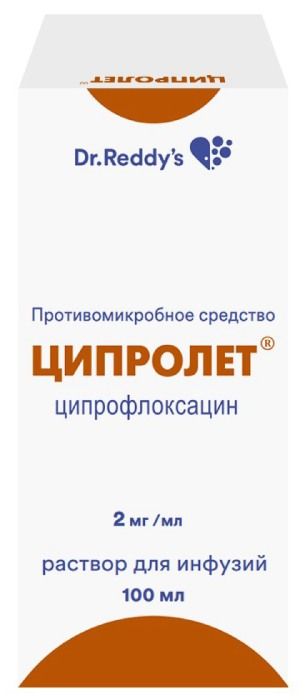

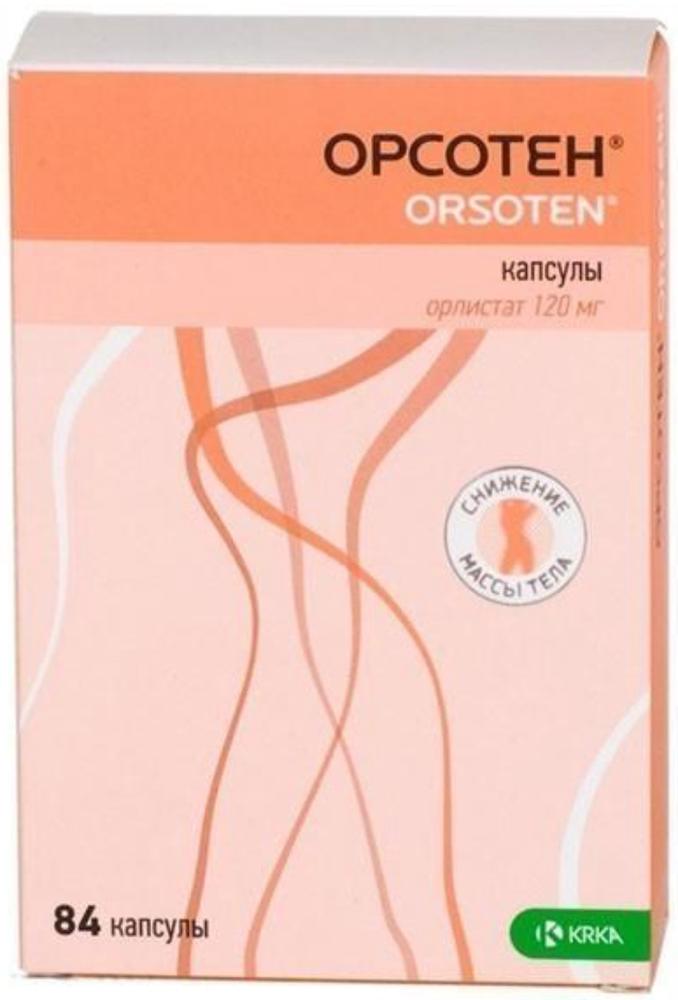


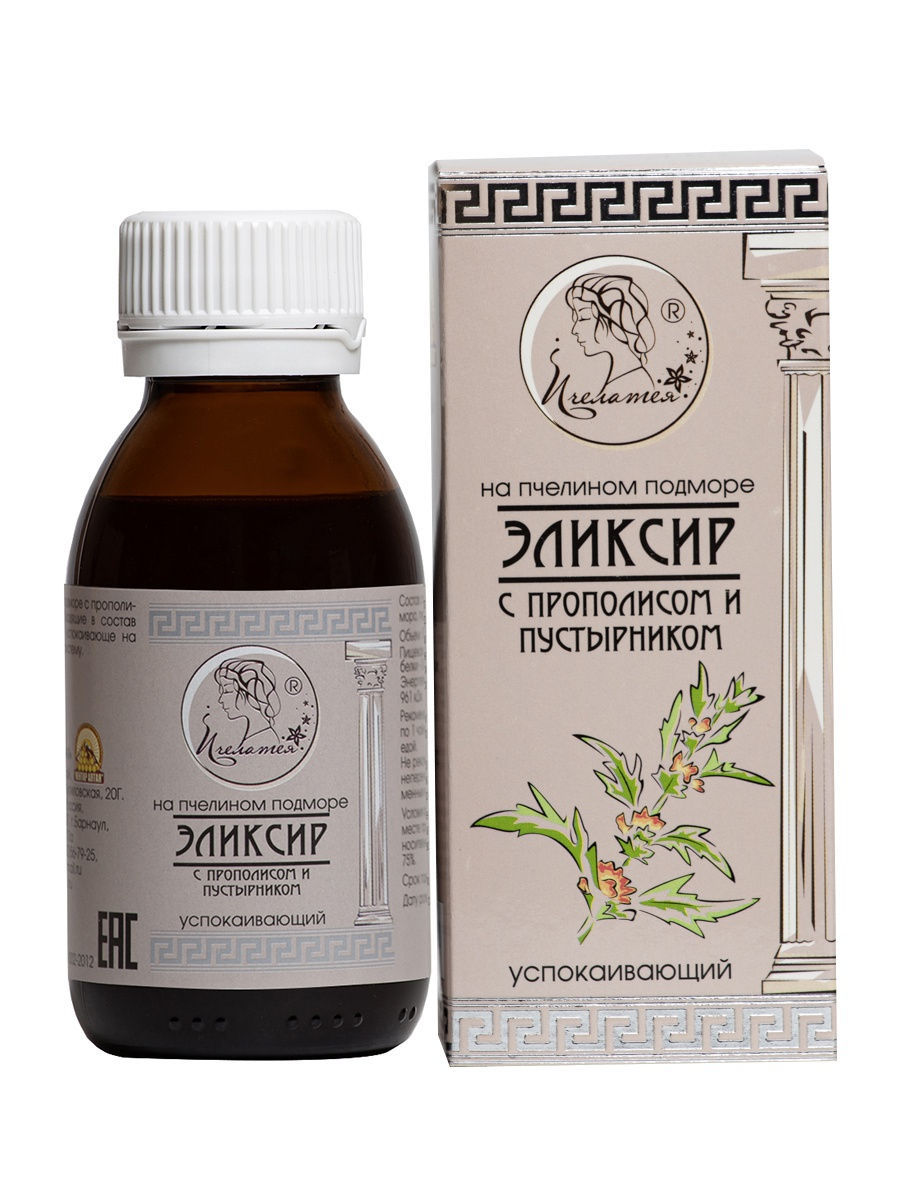
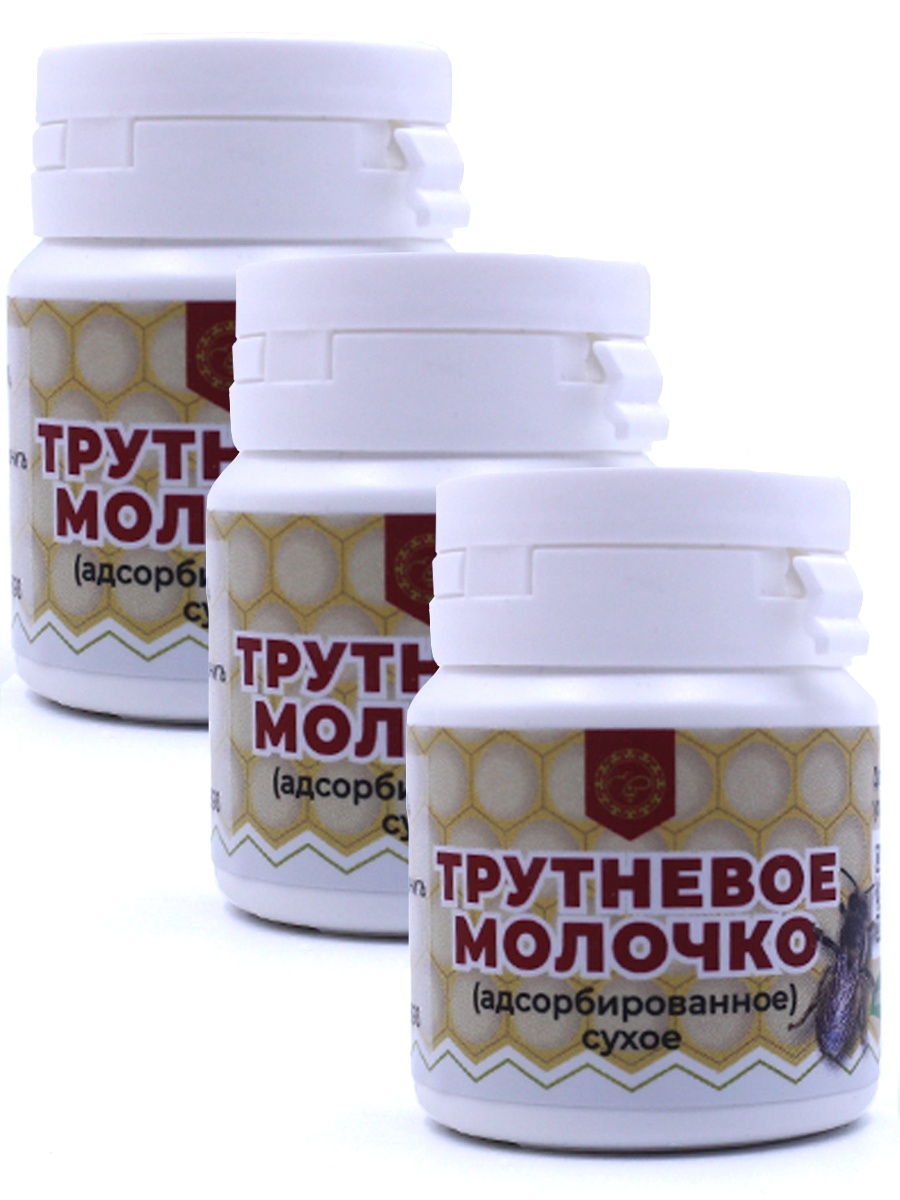




There are no reviews yet.